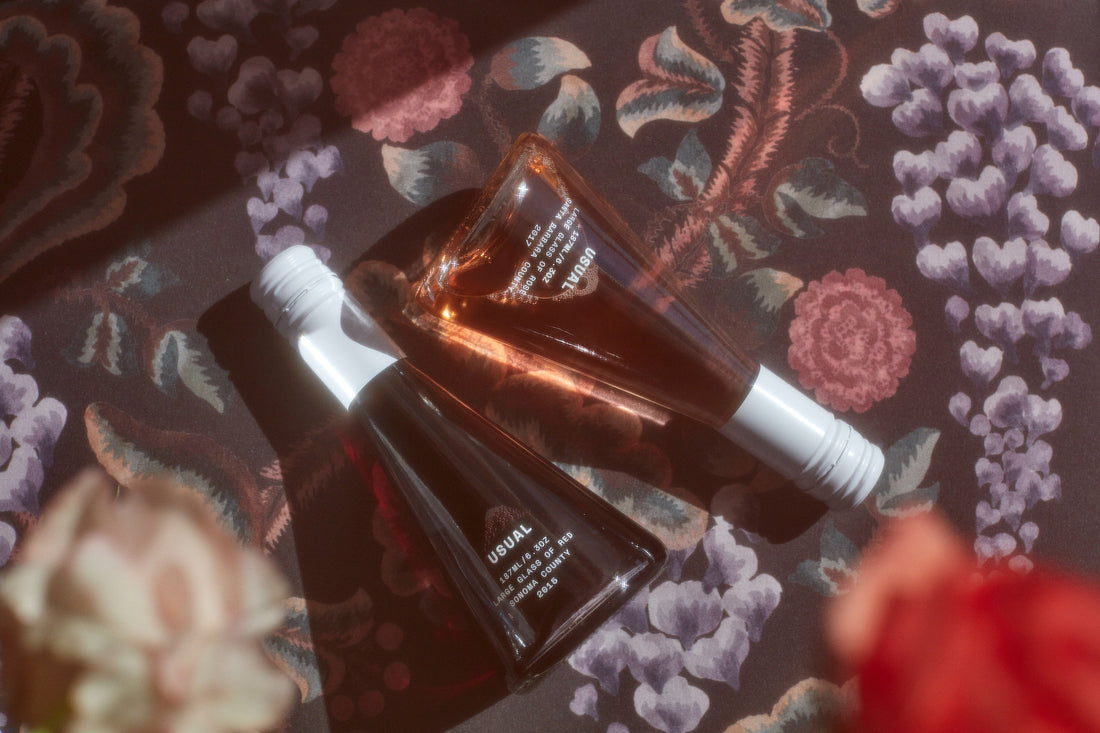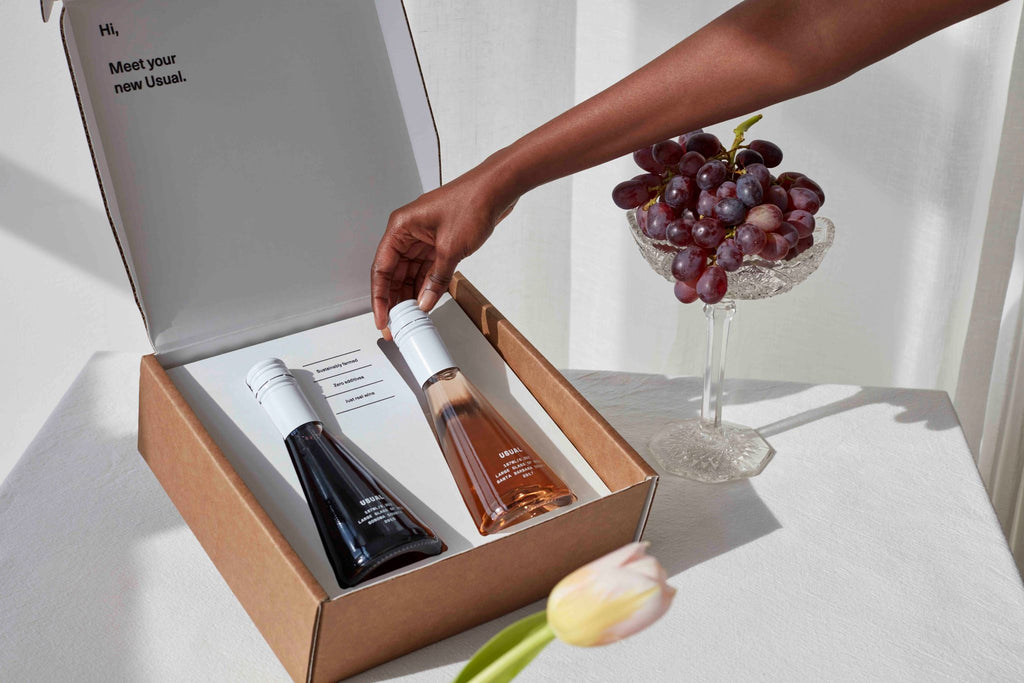
Wine Pairing Basics: An Insight into the Art of Wine Pairing
McKenzie HaganThe simple goal of wine pairing is to make food and wine taste better than they would on their own.
Wine pairing is a skill and passion for many food enthusiasts, but the intricacies of matching food and wine can be intimidating to new wine aficionados.
People have been pairing wine with food for centuries. But the modern trend of wine and food pairing we know today emerged more recently when winemakers began promoting their wines as a complement for specific meal offerings.
“The flavor of food almost always reveals the quality of a wine and exalts it. In turn, the quality of a wine complements the pleasure of food and spiritualizes it,” said the famed wine critic Luigi Veronella.
Food and wine pairings should enhance — not dominate — the experience of eating and drinking. While there are no “set in stone” rules for food and wine pairing, there are some simple guidelines you can follow to help you pick out the perfect wine for whatever meal you’re planning.
The following tips will acquaint you with some pairing basics, how food affects the taste of wine, and what makes for great wine pairings.
Wine Pairing Fundamentals
To pair wine with food correctly, you’ll need to carefully assess the wine’s acidity, tannins, alcohol, and texture along with the dish’s ingredients and flavors. As a rule of thumb, delicate food requires a delicate wine, and rich food will match well with a robust, heavier wine.
For anything in between, think in gradations. Keep in mind that you want to match the weight of the food with the weight of the wine — it's not as simple as red wine always goes with heavy dishes and white wines only go with light dishes.
For example, if you have a dish that’s heavy but not overly rich, choose something substantial like a dry, white Chardonnay. A light-bodied gamay, which is a red wine that's similar in taste to pinot noir, is perfect for more delicate dishes.
Balance Is Key to Wine Pairing Success
The level of acidity in the dish determines what sort of wine will interact best with it. A balanced wine is not outmatched by its food pairing.
For sharp, tangy dishes (e.g., those with citrus or tomato sauces), an acidic wine is a great pairing. Keep in mind that acidity lingers on the palate, so it can overpower the tannins in the wine and make certain wines seem sweeter than they are.
High-tannin wines react with proteins in your saliva and provoke a bitter, astringent taste on the tongue. As such, these wines can overwhelm low-fat meals and can make oily fish dishes taste metallic. Wines produced in steel tanks rather than oak barrels (Vermentino and sauvignon blanc, for example) have a sharp taste that amplifies these flavors.
Spicy Food Wine Pairings

When wine pairing, it is important to match the intensity of the food with the intensity of the wine. The more kick the food has, the sharper the flavors in the wine should be.
Spicy food diminishes the sweetness in wines, making dry wines taste sour. Alcohol brings out the oils that make spicy food burn the palate, accentuating the perception of heat or burning in the mouth.
When pairing wines with curries or hot and piquant dishes (such as Mexican cuisine), look for fruity bottles that are low in alcohol with a touch of sweetness to counter the spiciness. Beaujolais is a light red with less alcohol than similar styles from nearby Burgundy.
Wine Matches for Salty Foods
What you put in your mouth changes how you perceive each sip of wine. Salty and savory foods momentarily block your taste buds’ awareness of acidity. This is why, according to cookbook author (and former Microsoft CTO) Nathan Myhrvold, adding a pinch of salt to your glass of acrid wine can instantly improve the taste. When confronting something salty, pair it with Champagne or a dry rosé for maximum enjoyment.
Sweet Wine Pairing for Desserts
Sugar amplifies acidity, which is why dry wines taste sharp and bitter when consumed with sweet foods. Therefore, it’s always best to have a wine that is sweeter than the dessert you’re eating.
When determining which wine to pair with dessert, remove any options that are considerably darker or lighter than your sweet dish. Old World red wines with tannins don't enhance sweet desserts. New World options from California like zinfandel work better with chocolate. If you’re serving soufflé with sliced strawberries, a Brut or Chenin blanc are lighter, suitable matches.
Wine Pairing for Protein-Rich Foods

Tannins are found in red wines and rosés, but are generally less obvious in white wines. You can recognize tannins by the mouth-puckering, drying sensation they leave in your mouth when you take a sip, but they can’t be detected by taste or smell.
It’s best to avoid pairing sweet or spicy dishes with high-tannin wines as these flavors will become too pronounced. Also, the astringent effect of tannins makes them unsuitable for pairing with fish (it causes a metallic taste) as well as blander meals, which can get overwhelmed.
On the other hand, a robust full-flavored red like Burgundy or Bordeaux will taste wonderful with rich red meat such as wild game, grilled steak, and lamb.
Wine Pairing Is Not Black and White (or Red and White)
When it comes to wine pairing, we've all heard the popular notion that fish goes well with white wine, and steak is often paired with red wine. However, the question that arises is which specific reds and whites perfectly complement what goes good with wine in these situations?
Let’s use fish to demonstrate how you’d go about choosing the right wine. The subtle flavors of white fish like sole or halibut pair well with light-bodied whites such as gewürztraminer, pinot grigio, and pinot blanc. However, a more oily fish like salmon is best paired with an oaked chardonnay or a lighter-bodied Burgundy that will complement the fuller body and weight of the fish.
Seared tuna is another meaty fish that adapts as well to red wine as it does to white. Try it with a merlot or a syrah. Meanwhile, smoked trout is ideal with dry sparkling wine or German riesling to balance the flavors.
Wine and Sauce Pairings
Pairing wine with pasta means paying attention to the flavors of the sauce rather than the pasta. Tomato-based sauces can easily overpower a mild wine, so stick with a Chianti to cut through the bold, acidic flavors. This also applies when pairing wine with fish and meat dishes that have a savory condiment or sauce.
Sushi, for example, is great when paired with delicate white wines. But when soy sauce is added into the mix, a pinot noir is more suitable. Aioli matches well with an acidic white wine or dry rosé. Chicken served with a buttery sauce is best paired with chardonnay.
Regional Wine Pairing
A wine region’s culinary identity is defined by tradition, geography, and climate. Historically, wines from a certain region were served with dishes from the same area, with no consideration about whether red was served with seafood or white was served with red meat.
In regions like Sardinia and Sicily, it’s not uncommon for red wine varietals to be served cold due to the hot climate. In Tuscany, traditional dishes such as Bistecca alla Fiorentina have been served with tannin-rich Sangiovese blends like Chianti for hundreds of years. This red wine complements the char of the meat, without weighing down the palate.
In France, a legendary wine and cheese pairing is Vin Jaune and Comté cheese. Both hail from the Jura region. Cabernet Franc is a natural partner for soft cheeses like Camembert and Brie, while barbera wine from Piedmont works well with Italian pasta sauces, risottos, and beef stews.
When Pairing Wine, Keep It Fun

With a basic knowledge of food and wine pairing, it won’t be long until you’re confidently choosing wines that boost culinary and flavor compatibility. Wine pairing should never be forced. Drink what you enjoy and combine it with the foods that you love. There really is no wrong wine pairing, since everybody has unique tastes.
Today, we’re fortunate to have access to wines from all over the world. So, don’t be afraid to experiment and break the so-called rules. Have fun trying out new combinations of wine and food to see what works for your palate. After all, if you like the way it tastes, then it’s the right pairing.








